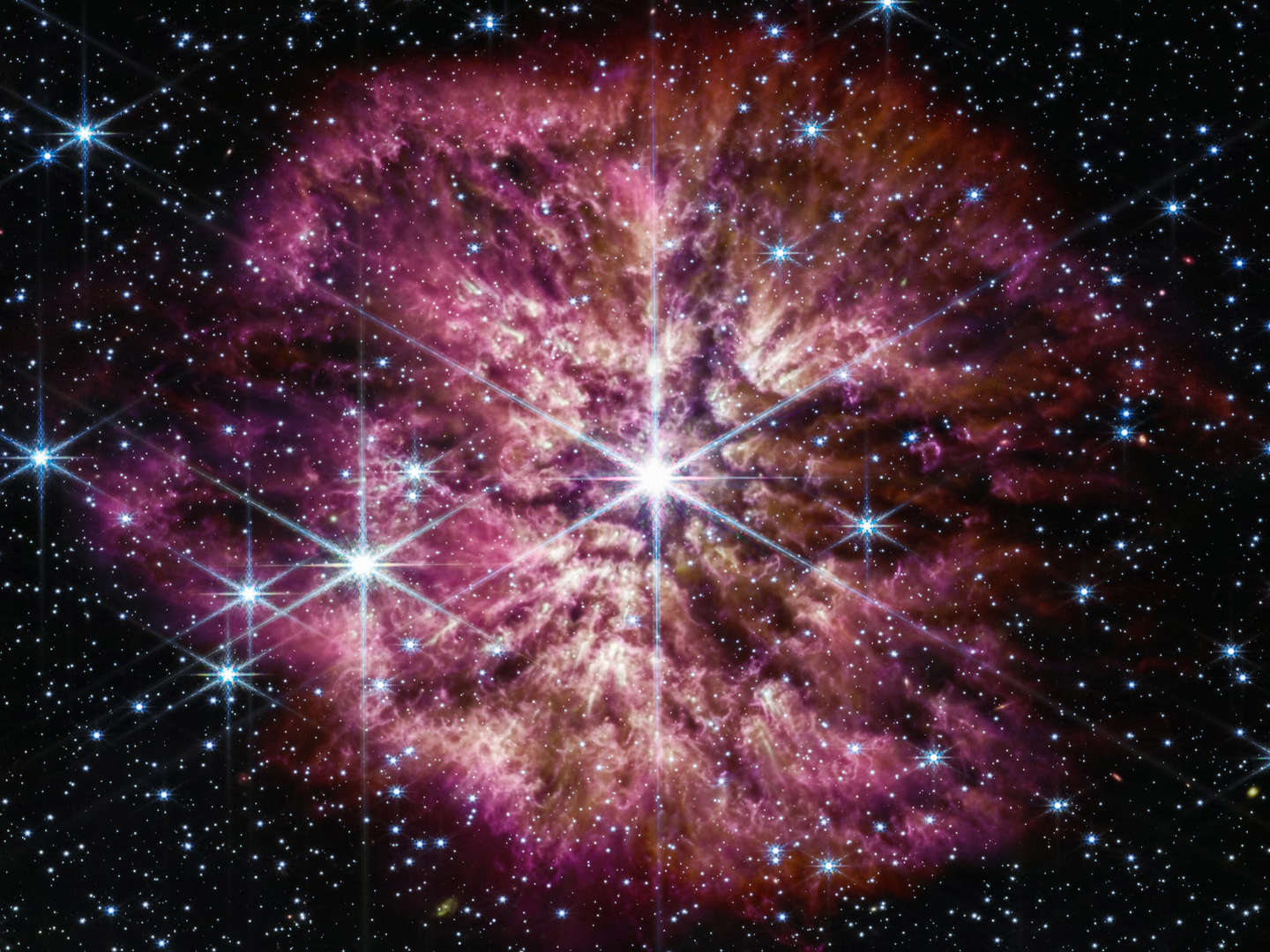Galileo completely upended everything humanity thought it knew about the composition of the solar system and our place in the Universe over 400 years ago. His discoveries supported the view that the Earth revolved around the Sun and not the other way around, which was the common view at the time. According to Galileo, it was the Sun, not the Earth, that was the center of the Universe (NASA).
In the last 400 years, our knowledge about our existence has increased by leaps and bounds. We know now that our Sun is just one of many, many suns in our galaxy, and that our galaxy is just one of many, many galaxies in our universe. If you really want to blow your mind, imagine now that “Our universe is but one in an unimaginably massive ocean of universes called… the multiverse.”
The equipment humans have developed in order to see farther and farther into space and time continues to change what we are able to know about our world… and the world beyond our world. Just like in Galileo’s time, what we learn can completely upend what we think we know.
The Webb Telescope and Galaxies Where There Should’ve Been None
Last month, a paper published in Nature announced that the James Webb Space Telescope, which is currently the largest optical telescope in space, has observed six new galaxies where galaxies of their size ought not to have been.
I feel that way when one of my children leaves a pair of shoes where there ought not to be shoes. Who left these here?! This isn’t where they belong!
According to our current understanding of how the universe came to be, the earliest galaxies ever detected formed somewhere around 350 million years after the Big Bang, and they were tiny blips… dwarf galaxies in the grand scheme of galaxies.
But the observation of these six new galaxies challenges what astronomers have believed to be true about the infancy of our universe.
The six galaxies that Webb observed appear to date back as far as 500 million years after the Big Bang. The largest of the galaxies seems to have “a collective mass one trillion times greater than our sun—or 10 times the size of the Milky Way” (Time.com). Based on what we thought we knew about the universe and its formation, galaxies of this size simply shouldn’t exist.
And yet there they are. Put these back where they belong!
Expanding Our Understanding of Creation
Galileo’s first telescope allowed him to glimpse for the first time the craters and mountains on the moon, the sunspots on the sun, and the moons around Jupiter, among other previously unobserved phenomena.
After it launched on April 24, 1990, the Hubble Space Telescope’s improved technology gave humans insights into the cosmos far beyond what Galileo could imagine, gathering images of galaxies that were among the firstborn in the dawning days of creation (or at least when the universe was only 600 million years old… in the grand scheme of the universe, which is thought to be 13.8 trillion years old, those are definitely an album of the universe’s baby pictures).
In 1995, the Hubble telescope looked at a part of the sky that seemed unremarkable and empty. After 100 hours of staring at nothing, the telescope grinned at us and said, You just wait. I’ll show you empty.
Hubble returned images of what was actually tucked away in all of that nothing: more than 3,000 galaxies. It “cracked the universe in ways scientists never could have imagined” (nationalgeographic.com).
If Hubble expanded our understanding of just how vast the universe is, NASA’s Webb Telescope has given us an even more densely packed universe. “Everything we see is new. Webb is showing us that there’s a very rich universe beyond what we imagined,” said Tommaso Treu of the University of California at Los Angeles, principal investigator on one of the Webb programs.
These incredible discoveries are mind boggling and humbling. They remind us of just how small we are, and if you’re a Christian, just how huge God is. For every magnifying glass and telescope we invent, God reveals ways that everything that has been made is far more complex and beautiful than we could have ever imagined.
Paul put it this way in his letter to the Corinthians, “For now we see through a glass, darkly; but then face to face: now I know in part; but then shall I know even as also I am known” (1 Corinthians 13:12 KJV).
If we learn nothing else from the Webb telescope images, let it be this: The One who holds all things together is a surprising, dedicated, and eternally creative artist absolutely in love with all of his creation, delighting in the grand and the mundane alike, elaborately crafting masterpieces of it all.
What a wonderful world. What a wonderful God.





 Copyright
2024
Root and Vine
Copyright
2024
Root and Vine